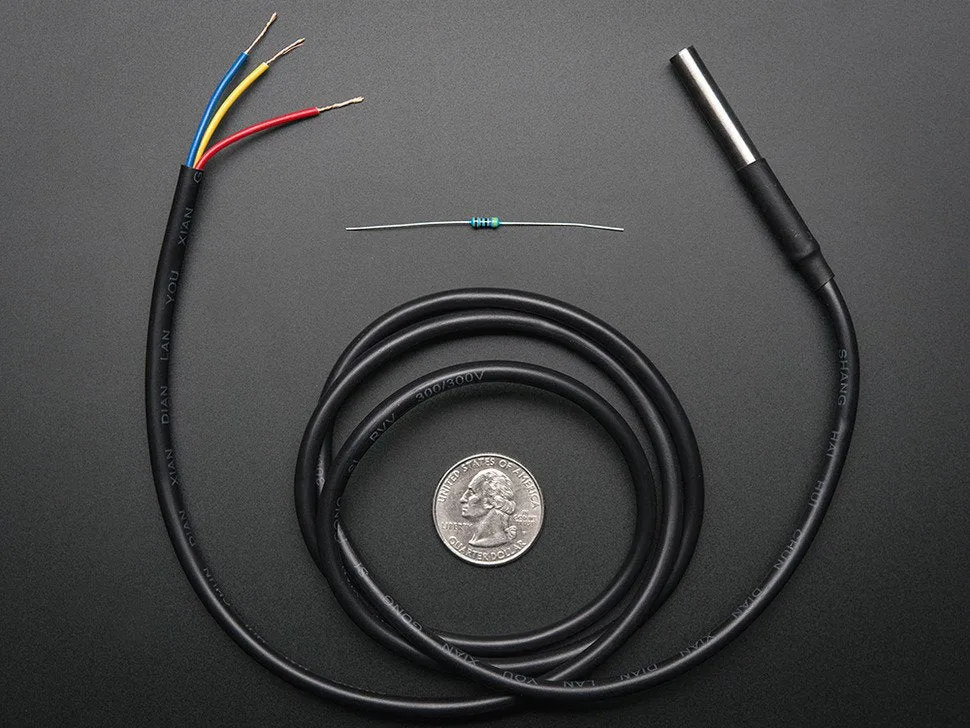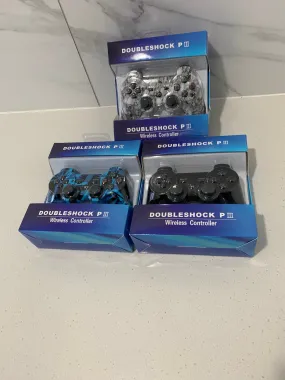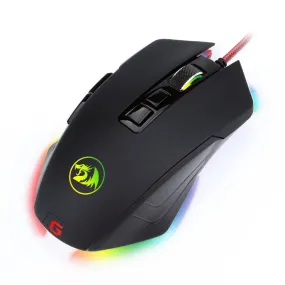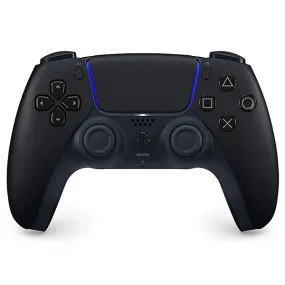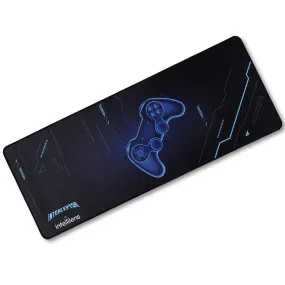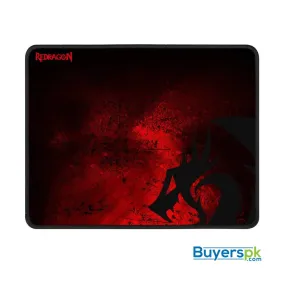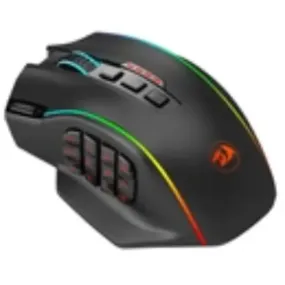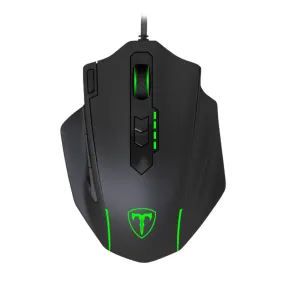The only downside is they use the Dallas 1-Wire protocol, which is somewhat complex, and requires a bunch of code to parse out the communication. If you want something really simple, and you have an analog input pin, the .
This part includes a 4.7k resistor, which is required as a pull-up from the DATA to VCC line when using the sensor. We don't have a detailed tutorial up yet but you can get started by using the which requires also the .
TECHNICAL DETAILS
Not for use in salt water or other corrosive environments.
Cable specs:
- Stainless steel tube 6mm diameter by 30mm long
- Cable is 36" long / 91cm, 4mm diameter
- Contains DS18B20 temperature sensor
- If your sensor has four wires - Red connects to 3-5V, Black connects to ground and White is data. The copper wire is soldered to the wire shielding
- If your sensor has three wires - Red connects to 3-5V, Blue/Black connects to ground and Yellow/White is data
DS18B20 Technical specs:
- Usable temperature range: -55 to 125°C (-67°F to 257°F)
- 9 to 12 bit selectable resolution
- Uses 1-Wire interface- requires only one digital pin for communication
- Unique 64 bit ID burned into chip
- Multiple sensors can share one pin
- ±0.5°C Accuracy from -10°C to 85°C
- Temperature-limit alarm system
- Query time is less than 750ms
- Usable with 3.0V to 5.5V power/data
Downloads:
For the BBC micro:bit:
This sensor works with drag'n'drop blocks in
Go to Extensions in the editor menu and search for:
The connections are:
- Yellow connects to micro:bit pin0
- Blue connects to micro:bit GND
- Red connects to micro:bit 3V
- The 4.7k resistor must connect between yellow and red
As with all temperature sensors, calibrate against another temperature source and add an offset to get the correct temperature.




